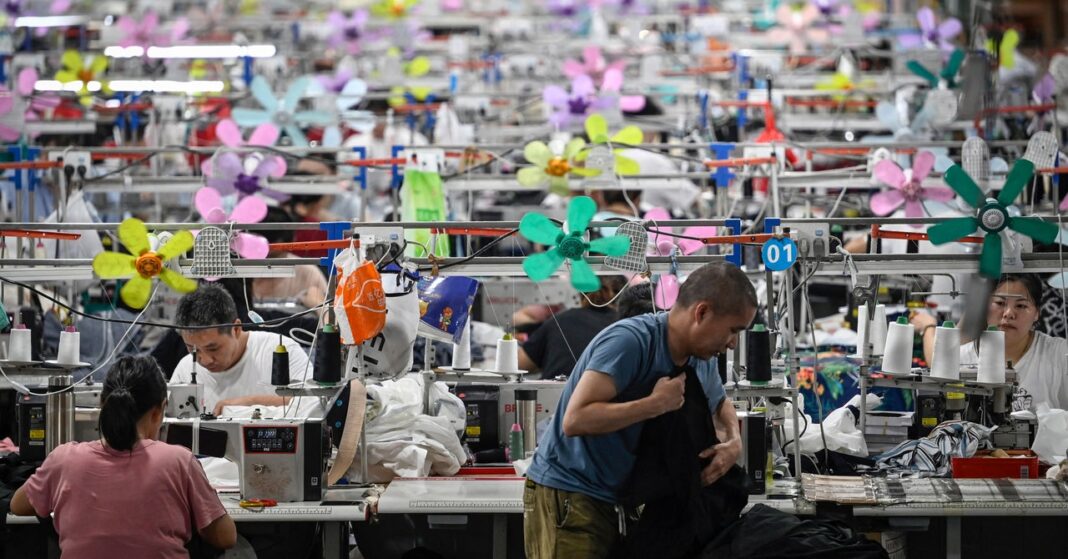In Short:
In 2023, fast-fashion giant Shein expanded globally using AI to quickly produce trendy clothing, generating $30 billion in revenue. However, concerns arise over its environmental impact as the company nearly doubled its carbon emissions, reaching 16.7 million metric tons. Critics cite issues like textile waste, pollution, and poor labor practices, while Shein aims to cut emissions by 25% by 2030.
This story originally appeared in Grist and is part of the Climate Desk collaboration.
Shein’s Rapid Expansion and AI Integration
In 2023, the fast-fashion giant Shein became a global phenomenon, with its products being transported from thousands of suppliers to tens of millions of customers across 150 countries. Influencers showcased Shein’s trendy styles through “#sheinhaul” videos on social media platforms, gathering billions of views.
AI and Fast Fashion’s Environmental Impact
To manage the extensive data generated throughout its operations, the fast fashion industry, particularly Shein, is increasingly adopting advanced AI technologies. This company utilizes proprietary machine-learning applications that employ pattern-identification algorithms to assess customer preferences in real-time and predict demand, thereby optimizing its fast supply chain.
As AI accelerates the production of affordable, trend-focused clothing, Shein faces rising scrutiny regarding its sustainability practices. The company has committed to reducing its carbon dioxide emissions by 25 percent by 2030 and achieving net-zero emissions by 2050. However, climate advocates and researchers argue that Shein’s rapid manufacturing processes and e-commerce model inherently contribute to significant emissions. This concern was exacerbated by Shein’s third annual sustainability report, which revealed a near doubling of its carbon dioxide emissions between 2022 and 2023.
Industry Responses and Observations
“AI enables fast fashion to become the ultra-fast fashion industry, with Shein and Temu leading the charge,” stated Sage Lenier, executive director of Sustainable and Just Future, a climate nonprofit. “These companies quite literally could not thrive without AI.” (Temu has rapidly emerged as a competitive force in e-commerce, offering a diverse marketplace rivaling Shein’s in variety, price, and sales.)
Shein’s Market Influence and Environmental Footprint
Since its inception 12 years ago, Shein has gained a reputation for prolific manufacturing, amassing over $30 billion in revenue in 2023. Estimates suggest that a new design can become available in as little as 10 days, with up to 10,000 items added to the website daily. The company reportedly offers around 600,000 items for sale at any moment, averaging a price of approximately $10. Despite these claims, Shein has neither confirmed nor denied the reported figures. A market analysis found that 44 percent of Gen Z consumers in the United States purchase at least one item from Shein monthly.
Environmental Consequences of Production
The scale of Shein’s operations leads to substantial environmental consequences. According to the company’s sustainability report, Shein emitted 16.7 million metric tons of carbon dioxide in 2023, exceeding the annual emissions of four coal-fired power plants. The brand has also been criticized for contributing to textile waste, high rates of microplastic pollution, and exploitative labor practices. Notably, polyester — a synthetic fiber associated with microplastic shedding — constitutes 76 percent of its total fabric use, with only 6 percent of that polyester currently being recycled.





